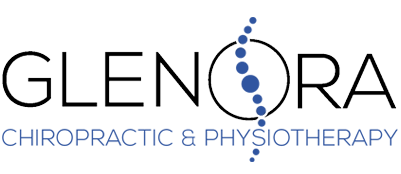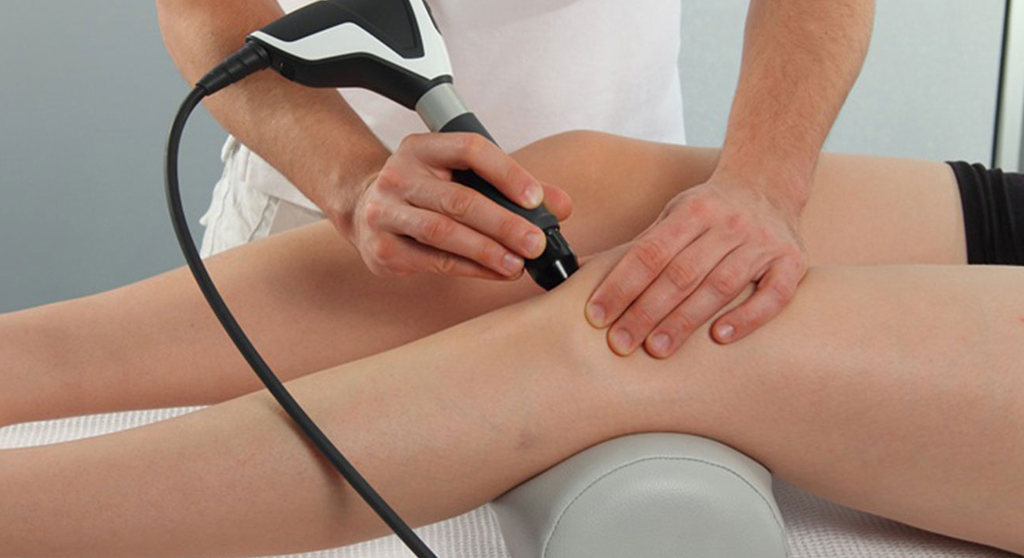Our Shockwave Therapy Guide
Shockwave therapy is making waves nowadays because of its known effectiveness as a non-invasive form of treatment for several painful disorders that can inhibit one’s ability to function normally on a day-to-day basis.
In this post, we will answer some of the most frequently asked questions about shockwave therapy.
What is shockwave therapy?
Also known as radial shockwave therapy, this non-surgical treatment option uses a series of high-energy percussion applied to the affected area. Shockwave therapy uses physical shock, not an electrical shock.
How does shockwave therapy work?
Shockwave therapy utilizes a radial shockwave. This shockwave is pneumatically generated, then transmitted into the affected tissue. Although many people believe the type of shockwave to be an electric wave, it is an acoustic or percussion pulse. The pulse prompts the body to respond with increased metabolic activity around the affected tissue where the pain is felt.
To put it simply, shockwaves alter the chemical environment of a local tissue area. This is what stimulates the healing process, reducing pain as a result.
Which body parts and pains can be treated with shockwave therapy?
Shockwave therapy has been proven effective in the treatment of chronic heel spurs, as well as plantar fasciitis. Patients suffering from Achilles tendonitis, tennis elbow, calcific shoulder tendonitis, patellar tendonitis, and frozen shoulder can also find relief through shockwave therapy. Patients complaining of lower back pain may also find this type of therapy effective.
What are the advantages of shockwave treatment (over other similar treatments)?
Shockwave therapy works even without the use of medication. One of the other benefits is that patients don’t have to get X-rays before undergoing treatment. This alternative treatment also facilitates and stimulates the body’s natural healing process. This means that is generally a safe procedure.
A patient often experiences immediate pain reduction after a session, as well as improved movement. Shockwave therapy has little to no secondary effects and it may even eliminate the need for surgery.
How long does a shockwave treatment session last?
A shockwave treatment session usually lasts for 5 minutes, wherein 2000 shocks are applied.
How many treatment sessions are needed before experiencing full relief?
This will depend largely on the patient’s response. Typically, though, it will take 3 to 6 treatments, scheduled 7 to 10 days apart, for you to experience full relief.
Does the treatment hurt?
Truth be told it can be uncomfortable, but it is not as painful as the condition that the patient may be suffering from. The discomfort can be tolerated by almost everyone. The therapist can also adjust the settings to suit the patient’s preferences and pain tolerance.
Are there side effects? Is there pain after the treatment?
When you leave the clinic after the treatment, you’ll most likely feel nothing. However, you can expect a throbbing pain within 2 hours after the treatment. The pain can last up to 48 hours. You may also notice swelling or irritation around the treatment area, but it usually goes away within a few days.
What should I do if I feel pain after treatment?
The primary goal of shockwave treatment is to trigger your body’s healing response. Therefore, when you feel pain, let your body do the work. Do not take anti-inflammatory drugs. Avoid icing the area, too. If you can’t tolerate the pain, you can take Tylenol.
Why should I consider shockwave therapy?
Shockwave therapy is fast and proven to be effective. If you don’t want to undergo surgery, we recommend that you give this non-invasive treatment a try.
If you’re looking for a chiropractor in Edmonton, Alberta, Glenora Chiropractic & Physiotherapy Clinic is your best option. Get in touch with us today to see how we can help.


